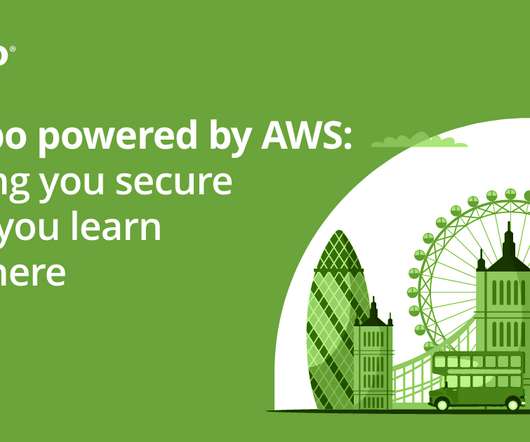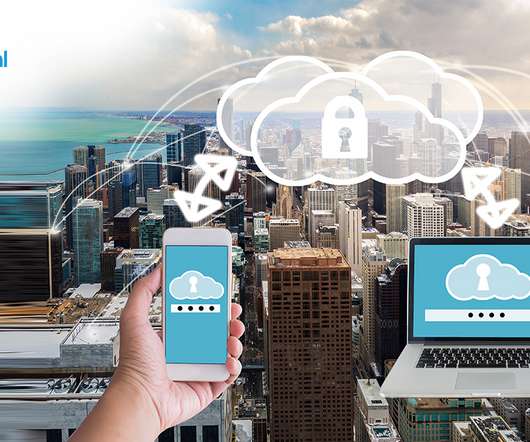Why Should You Use Cloud Computing For E-Learning?
Origin Learning
APRIL 28, 2015
What is cloud computing? Cloud computing is the technology which uses the internet and central remote servers to maintain applications and data. It allows end-users and businesses to use applications without installation and access their personal files via any computer that has an internet access.






















Let's personalize your content